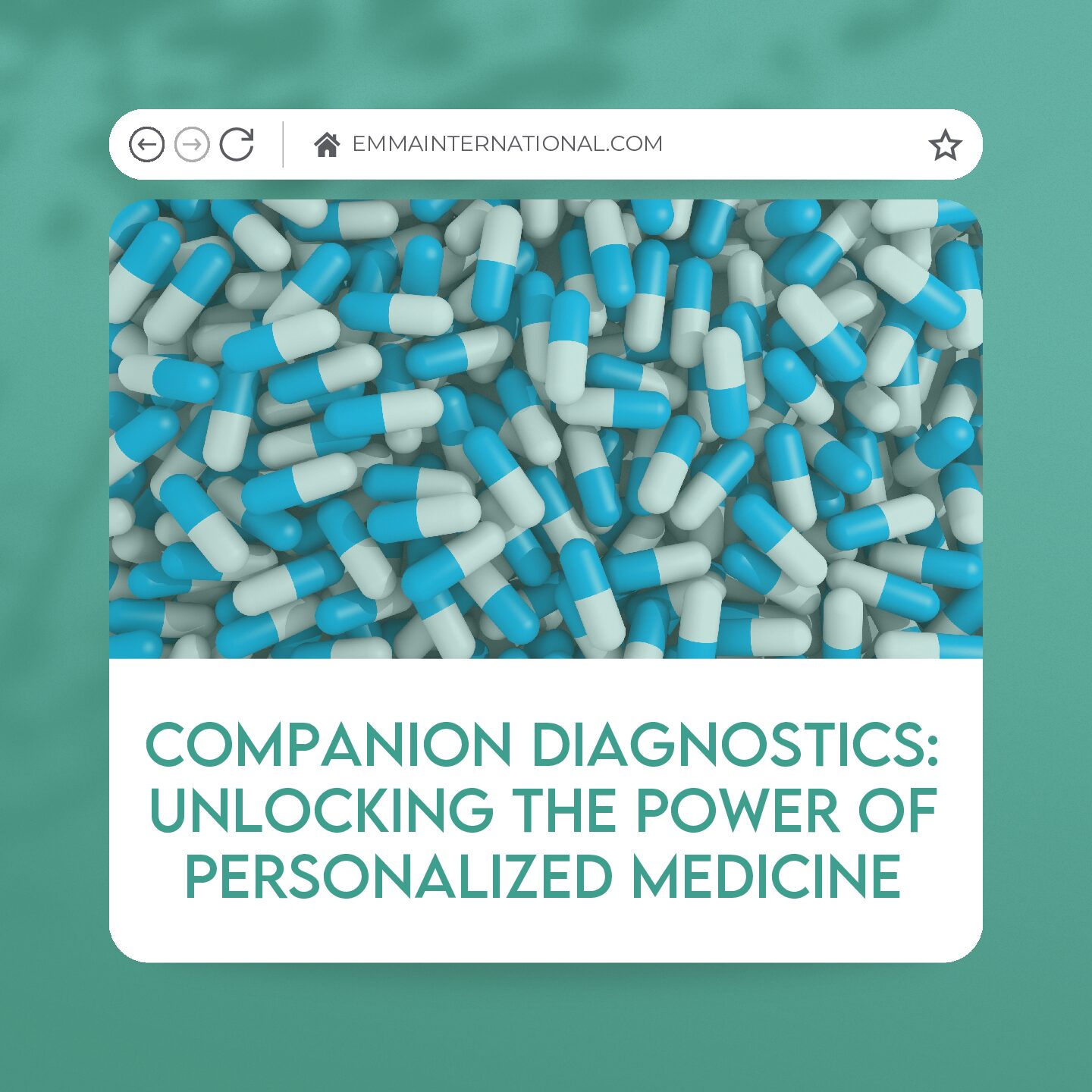FDA 21 CFR 820 details the regulatory requirements medical device companies must comply with to manufacture and sell medical devices within the U.S. The regulation requires manufacturers to develop and maintain a Quality Management System (QMS) to document device design, manufacture, packaging, labeling, storage, installation and service activities. In the eyes of the FDA, if it isn’t documented, it didn’t happen. Creating, maintaining, and storing documentation for all of the activities outlined in 21 CFR 820 requires a significant amount of time and money. Device manufacturers are not required to implement a specific type of Documentation Management System (DMS). Thus, to optimize the allocation of time, money, and resources, it is critical for manufactures to utilize a DMS that will minimize costs, improve efficiency, and ensure regulatory compliance.
In general, there are two types of DMSs: paper-based and electronic. When considering a DMS, it is important to note the different activities the system is required to facilitate. Beyond document creation, the DMS is required to allow users to readily find specific documents, ensure document traceability, support change control activities, provide secure storage and retention of controlled documents, and support regulatory compliance. Paper-based systems, while traditional, are much more burdensome on manufacturers. In a paper-based system, a significant amount of time and effort is expended to search, access, modify, and approve documents. Documents may be stored in one or multiple repositories, making collaboration and rapid change approval difficult. Furthermore, paper documents are susceptible to damage from the elements and require storage space. These factors increase costs to protect documents from damage throughout the course of their lifetime. 21 CFR 820 specifies that records “shall be retained for a period of time equivalent to the design and expected life of the device, but in no case less than 2 years from the date of release for commercial distribution by the manufacturer” [1]. Thus, paper-based DMS require manufacturers to pay for adequate storage of documents for years after a device is produced, further increasing the cost of the DMS.
Admittedly, implementation of an electronic documentation management system (EDMS) has its own set of technical, financial, and operational challenges. However, the benefits of an EDMS once it is in place far outweigh the headaches of its initiation. Under an EDMS, all documentation is securely stored on a single platform, with no physical footprint on- or off-site. Change control and archival procedures are simplified as the EDMS automatically routs documents to the appropriate personnel for review and approval, provides document traceability, and allows for long-term document retention without concern for damage from the surrounding environment. This system also facilitates collaboration between different stakeholders in the device manufacturing process. Stakeholders are not confined to accessing documents at a single physical location, instead the documents are accessible virtually anywhere.
In addition to basic document control benefits, EDMS can improve Corrective Action and Preventative Action (CAPA) activities and employee training. The EDMS can collect CAPA investigation input, monitor trends, and track corrective action implementation [2]. Employee training can be deployed, tracked, and evaluated through the EDMS. This helps manufacturers ensure their employees are appropriately trained and maintain records of their training and competency. The EDMS can also be a tool for ensuring that employees comply with company SOPs, process flows, and cGMP regulations. Furthermore, the electronic system allows managers to identify bottlenecks, continuously monitor and improve the quality system, and accelerate project execution [2].
The last significant difference between paper-based DMS and EDMS is built-in regulatory compliance [3]. When a manufacturer develops a paper-based system, it is challenged to ensure every aspect of the QMS is 21 CFR 820 compliant. Alternatively, if a manufacturer deploys a third-party EDMS designed for medical device quality systems, regulatory compliance is built-in. This difference indicates that EDMSs are less burdensome than paper-based DMSs. As previously stated, launching an EDMS is no easy feat for device manufacturers. However, an EDMS can improve the company’s QMS beyond documentation control. If your company is still utilizing a paper-based DMS, maybe it’s time for you to consider making the transition to an EDMS.
References
- 21 CFR 820.180 General requirements, FDA, Editor. 2014.
- Master Control, Inc. 2015. Available from: http://fr.mastercontrol.com/21_cfr_regulations/21_cfr_part_820/quality_system_regulation.html.
- Fenton, P. 10 Benefits of Moving to Electronic Document Management System (EDMS). Montrium. 2014. Available from: http://blog.montrium.com/blog/10-benefits-of-moving-to-electronic-document-management-for-life-science-companies.






